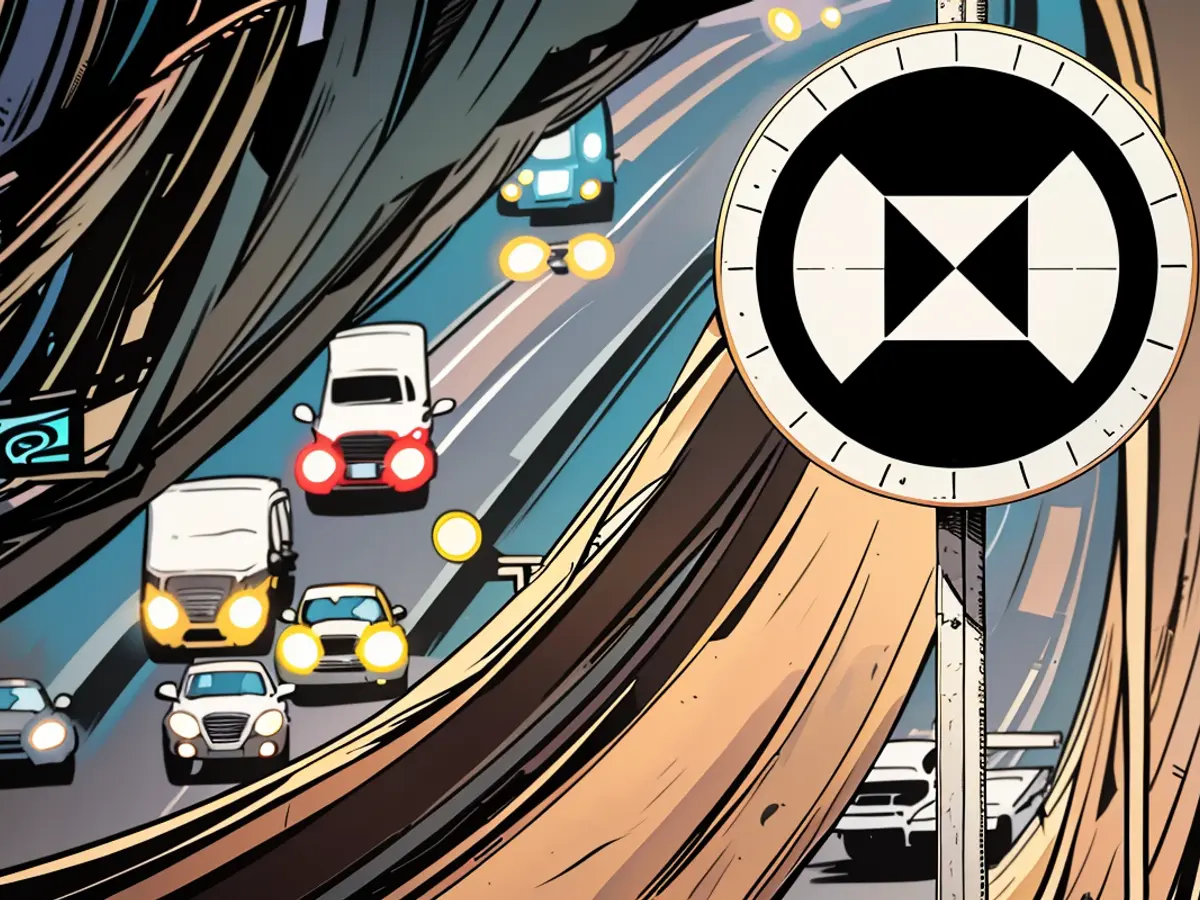- Rarely encountered in 13 instances across German roads, what is the significance of this particular traffic signal?
The most scarcely seen road sign in Germany exists only 13 times altogether - and that's solely on approximately 140 kilometers of highway north of Munich. It's no surprise, then, that many people remain clueless about the sign and its meaning. Often, tourists traveling on the A9 between Pfaffenhofen and Kreuz Holledau find themselves pondering how to act appropriately.
The solution: You can disregard it. This isn't the norm in the Highway Code, but it does occur occasionally. The supposed landmark signs, which have been set up at regular intervals of 2.5 kilometers along the A9, do not show any restriction or guideline.
Rare traffic sign serves a technical purpose
The signs featuring a black and white pattern are part of the "Digital Test Field Highway" (DTA), which was launched in 2016. The pictogram is utilized as a navigational aid for self-driving cars undergoing testing in the area. The vehicle's cameras can pinpoint their location with centimeter accuracy, thanks to these landmark signs.
When these signs were introduced in 2016, the then Federal Minister of Transport, Alexander Dobrindt, stated, "Advanced and networked vehicles maneuver perfectly on the roadway. Along with state-of-the-art sensor technology and a centimeter-precise digital map, the new signs are another significant step towards our first fully digitized and fully networked road."
The Federal Ministry of Digital and Transport and the Federal Highway Research Institute (BASt) offer some information resources regarding the test areas. Among these resources is a map outlining where research projects like the DTA are ongoing - at present, as of August 2021. There are 26 test areas and 142 projects mentioned across the federal territory.
The "Digital Test Field Highway" is operational
The "Digital Test Field Highway" is promoted by the ministry as a "technology-inclusive offer for industry and research." It has gained recognition as a "nursery for future innovations." A scientific assessment commissioned by the BASt last year concluded that the DTA was successful.
Despite being a rare sight for many, ignoring the traffic sign isn't an option. It serves a significant technical purpose in the "Digital Test Field Highway" (DTA), aiding self-driving cars with centimeter-accurate location pinpointing.
If you're interested in learning more about the DTA and its test areas, you can find relevant information resources provided by the Federal Ministry of Digital and Transport and the Federal Highway Research Institute (BASt). Their comprehensive map highlights ongoing research projects across the federal territory, including 26 test areas and 142 projects as of August 2021.








